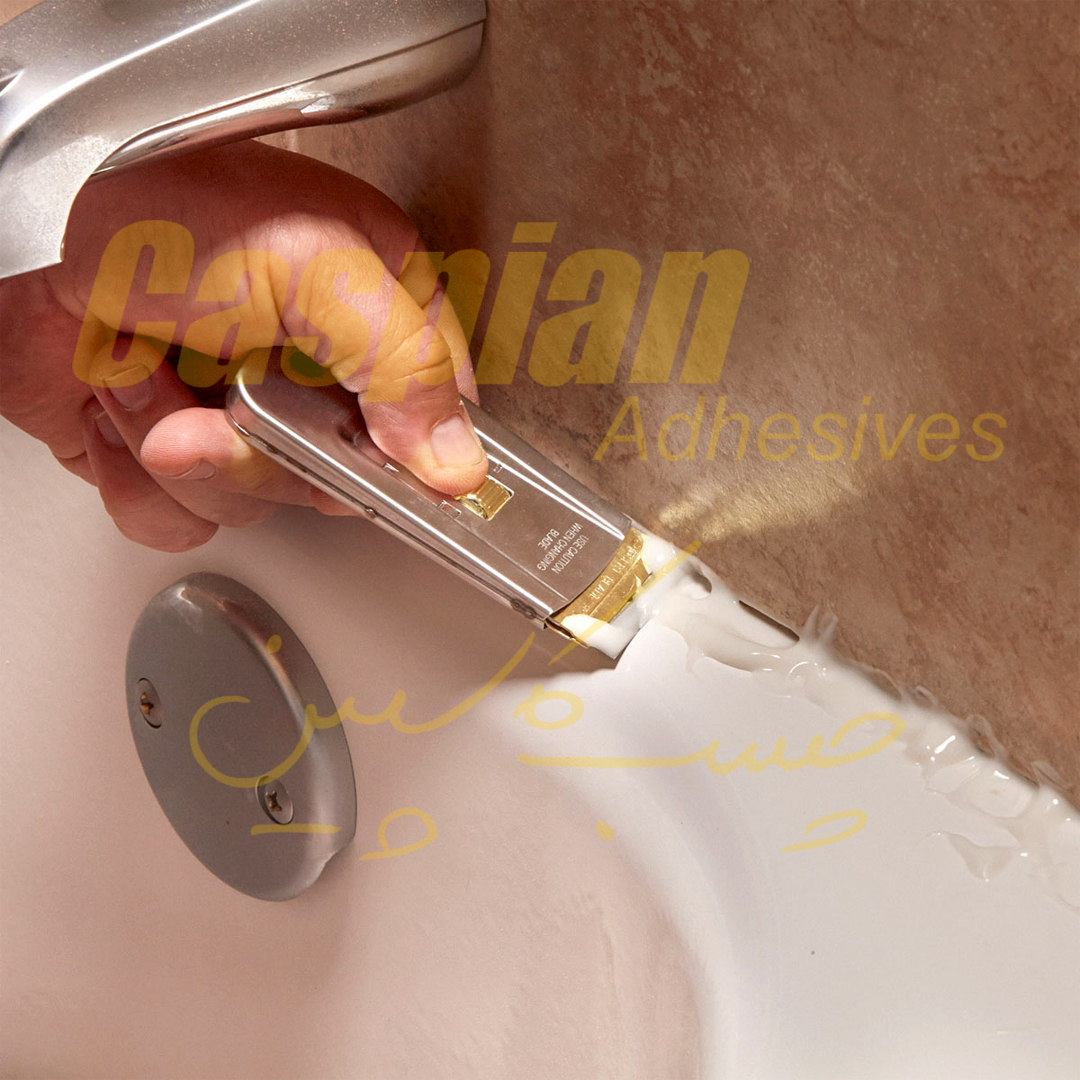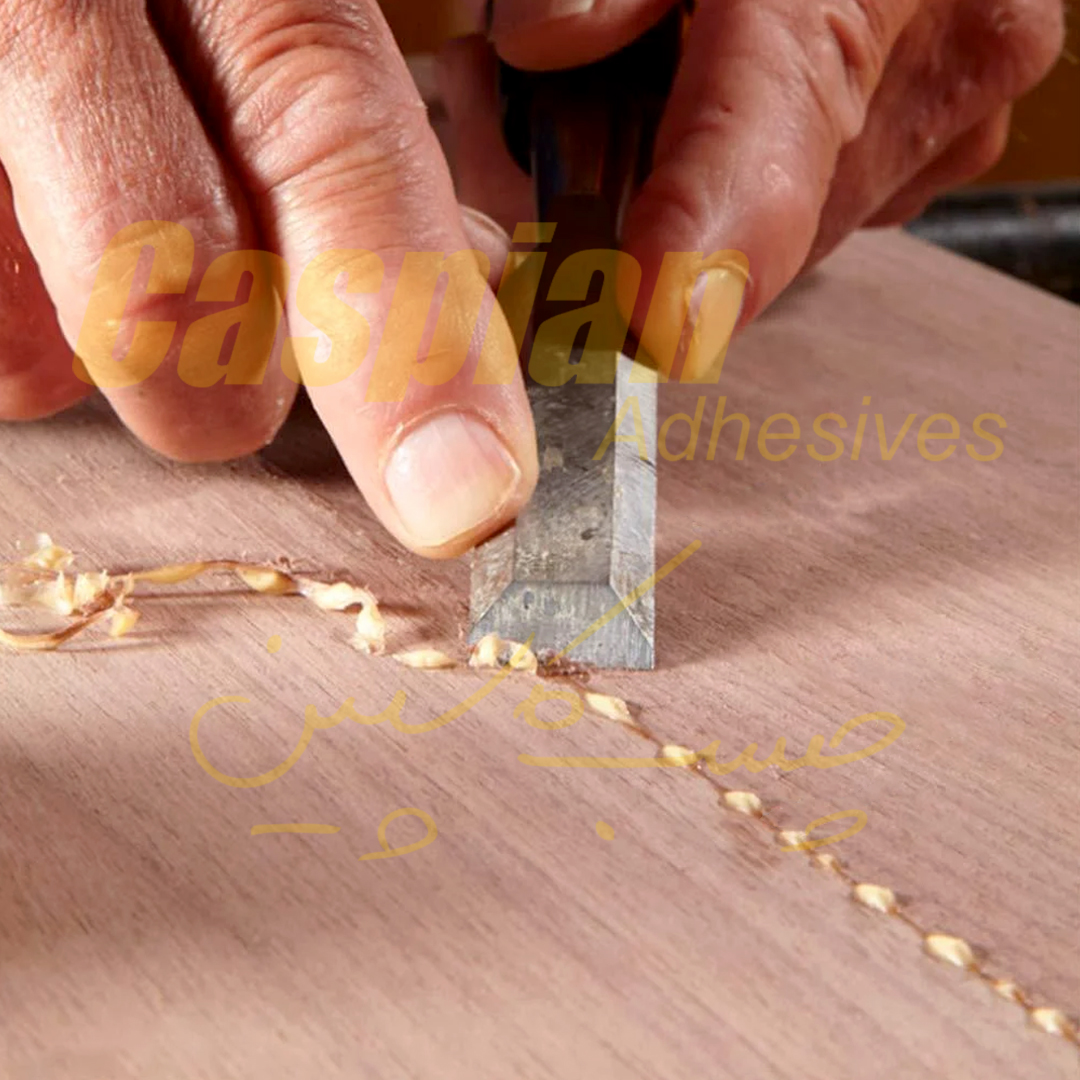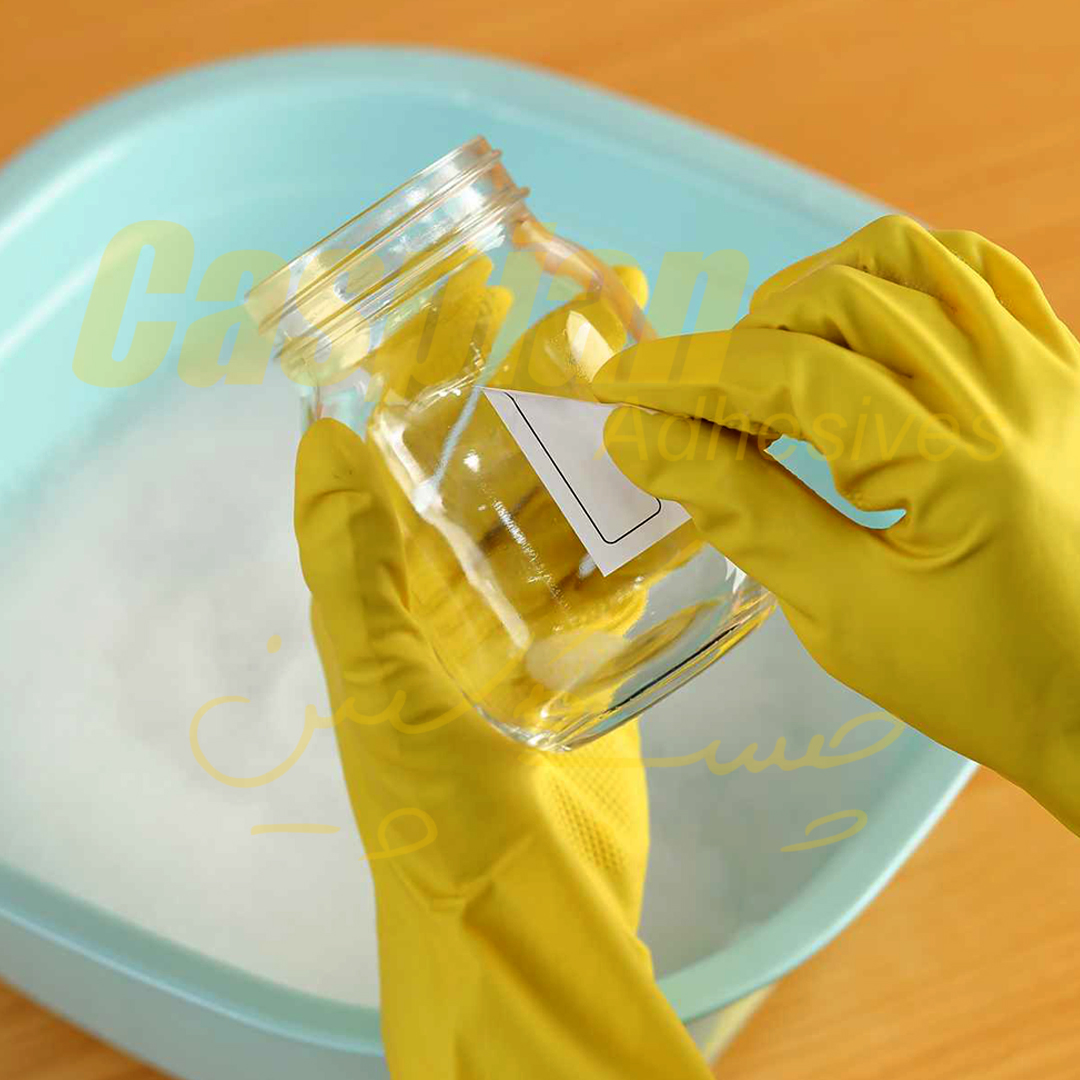Articles
How To Remove Caulk
04 September, 2020
How to Remove Dried Wood Glue From Wood Projects?
28 August, 2020
How to Caulk a Bathtub
11 August, 2020
How to Caulk the Kitchen Sink
18 June, 2020
How to Caulk Around a Toilet
24 May, 2020
How to Remove Silicone Sealant
04 May, 2020
What Solvent Will Clean Silicone?
15 March, 2020
Easily Remove Silicone Caulk without Chemicals
10 March, 2020
How to Remove a Sticker from Plastic
02 March, 2020
Loading new posts...
No more posts









